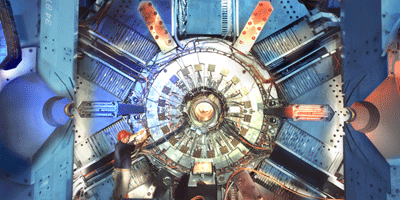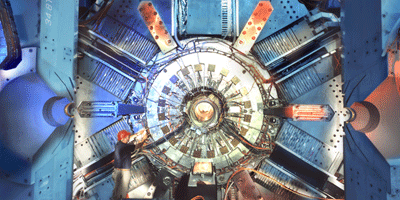More tau leptons than expected
As reported in Physical Review Letters, the BaBar collaboration at SLAC has analyzed a large data set and found an excess of events containing tau leptons in the decay of bottom mesons that doesn’t agree with the predictions of the standard model of particle physics.
BaBar looked for the decays of bottom mesons (a bound state of a bottom quark and a light quark) into a charm meson, a charged lepton, and a neutrino. Compared to a previous analysis, they were able to increase the efficiency with which they identified signal events by more than a factor of . BaBar determined the ratio of those decays that contained tau leptons to those that contained light charged leptons (electrons or muons), obtaining a larger ratio than predicted by the standard model by standard deviations.
This deviation could be due to some new particle, such as a charged Higgs boson, which couples more strongly to heavy particles like taus than to electrons or muons (though BaBar shows that one of the most commonly studied models with a charged Higgs boson does not work). Systematic errors or statistical fluctuations could also give rise to the apparent excess of tau leptons. Finally, it could be that the standard model theoretical prediction BaBar compares their data to will change. In a recent paper (Jon A. Bailey et al., Phys. Rev. Lett. 109 071802 (2012)) researchers recalculated one of the theoretical inputs into that prediction, and their results reduce the discrepancy BaBar finds to standard deviations. – Robert Garisto





